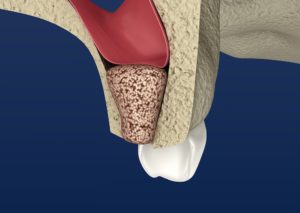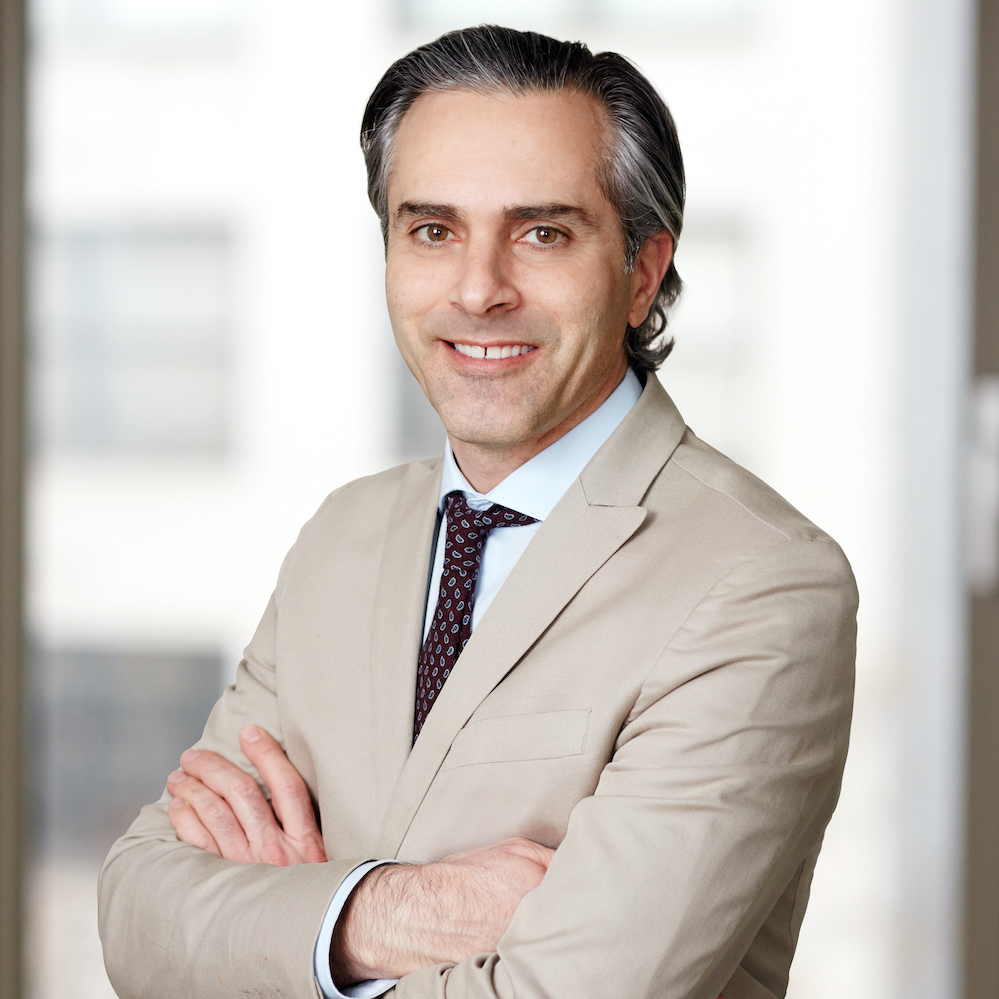EmbraceRF
We all strive to look and feel our best. Diet and exercise are at the cornerstones of staying fit, but sometimes that is not sufficient. Now you have the answer: EmbraceRF. With combining two technologies, FaceTite and Morpheus8, you can reduce fat without having to worry about sagging or wrinkly skin. Patients can now achieve surgical-like results with no large incisional scars, less downtime and long lasting, beautiful results.
Facetite
What is Facetite?
FaceTite is a new procedure that is comparable to a surgical facelift, without the scars.
FaceTite provides dramatic improvement in skin laxity on the face and neck, which was previously only attainable through a surgical procedure such as a facelift. FaceTite utilizes minimally invasive radio-frequency energy to melt fat and tighten skin.
What kind of procedure care is required?
FaceTite is a minimally-invasive procedure performed under local anesthesia or light sedation. Post procedure, patients can go home and resume regular activities shortly after. Wearing a compression garment is required for best results.
What areas can be treated?
Any areas on the face and neck with saggy skin can be treated. This includes the double chin, jowls and other areas with deep lines and loose skin.
How is this better than a Facelift?
By avoiding an excisional facelift procedure, patients will be scar free and will benefit from reduced post-procedural swelling and discomfort. This is a less traumatic process with a natural looking final result.
How quickly will I see results?
Results can be seen immediately, with best results noticeable after 6 months, and continuing up to 12 months.
Morpheus8
Morpheus8 is a new subdermal adipose remodeling device (SARD) that fractionally remodels and contours the face and body. Penetrating deep into the skin and fat, this morphs the aging face of body into a more desired smooth and sleek appearance, for all skin tones. Morpheus8 has the ability to penetrate deeper into the skin than any other microneedling device, going as deep as 4mm. Patient comfort is a major advantage of this device because of the sharper needles and tiny punctures it causes in the skin without tugging or pulling. M8 can be used for, but is not limited to treating wrinkles, acne scars, stretch marks surgical scars and more. 
What is Morpheus8?
Morpheus8 is a fractional skin treatment that stimulates collagen production of the underlying layers of the dermis. By targeting the deeper layers of the skin, the building blocks will reorganize themselves in a natural anti-aging process.
What areas can be treated?
Morpheus8 can be used on any areas that can benefit from sub-dermal renewal. The most commonly treated areas include the lower face and neck. Areas of the face and body that exhibit wrinkles, discoloration or acne scarring are suitable for treatment.
How many treatments will I need?
Depending on your Morpheus8 treatment regime you can expect to have between 1-3 sessions.
How quickly will I see results?
Visible results can be seen within a few days, but typically after three weeks the most noticeable results appear. Improvements continue up to three months after treatment.
What is the benefit of Fractionated Energy?
Fractionated RF energy is a scientifically proven method to reduce wrinkles and rebuild collagen and fat. It is minimally invasive, using a matrix of micro pins to renew deeper layers of the skin with almost no patient downtime.
Can anyone use Morpheus8?
The benefit of Morpheus8’s color blind technology is that it can be used on all skin types. The unique properties allow even darker tones to be treated.
What is the benefit of RF Energy?
RF energy heats the deep layers of the skin in a controlled way to revitalize the collagen. The treatment will improve skin complexion and texture for a more radiant and youthful appearance.
Can this be used in combination with other treatments?
Yes, Morpheus8 can be used in the same treatment session, or a few days after other treatments.
When can I put make-up on after treatment?
Since patient downtime is minimal, makeup can be applied 1 to 2 days after the treatment. Patients should expect to see micro lesions a few days after treatment and slight redness for up to 1 week depending on treatment parameters.
What kind of post procedure care is required?
Patients should moisturize the treatment area and avoid direct sun exposure. It is also recommended that patients use a good, broad spectrum sunscreen every day. In addition to reducing their future risk of skin cancer, sunscreens also reduce wrinkles and slow the aging process.
 The maxillary sinuses are empty, air-filled spaces located behind your cheeks and on top of the upper teeth. Occasionally, the height of the bone between the dental ridge and sinus floor is short. When the bone height is very short, it is impossible to place dental implants in the area since implants require proper bone height.
The maxillary sinuses are empty, air-filled spaces located behind your cheeks and on top of the upper teeth. Occasionally, the height of the bone between the dental ridge and sinus floor is short. When the bone height is very short, it is impossible to place dental implants in the area since implants require proper bone height.
The key to a successful and long-lasting dental implant is the quality and quantity of jawbone to which the implant will be attached. If bone loss has occurred due to injury or periodontal disease, a sinus augmentation can raise the sinus floor and allow for new bone formation. A sinus lift is one of the most common bone grafting procedures for patients with bone loss in the upper jaw. The procedure seeks to grow bone in the floor of the maxillary sinus above the bony ridge of the gum line that anchors the teeth in the upper jaw. By strengthening and growing bone in this location, dental implants can be placed and secured in the new bone growth.
Types:
- Crestal (internal) sinus lift: Minimum of 7-8 mm of bone height should already exist to be able to have this procedure done.
- Lateral window sinus lift: This is done when there is minimum bone height and significant reconstruction is needed.
How Do You Prepare For A Sinus Lift?
You must first have a consultation with Dr. Jamali. A 3D radiograph is taken in the office and the procedure is explained. The risks and benefits are discussed in full for at least an hour. Choice of local or IV sedation is then offered. The procedure will take place at the next appointment.
Patients should avoid taking any herbal medications 10 days prior to the surgery. These include fish oil and any food that starts with the letter G. Some examples are: ginkgo and garlic. Ibuprofen or Aspirin should be avoided for at least 10 days prior. These medications result in moderate bleeding during surgery. Those patients that take medications to treat conditions such as Thyroid disease or hypertension should continue to do so, even if they are having IV sedation.
Why Is A Sinus Lift Performed?
A sinus lift may be necessary if you are missing:’
- More than one tooth in the back of your jaw.
- A significant amount of bone in the back of your jaw.
- Teeth due to a birth defect or condition.
- Most of the maxillary teeth, but require support for dental implants.
What Can You Expect During A Sinus Lift?
In the most common sinus augmentation procedure, a small incision is made on the premolar or molar region to expose the jawbone. A small opening is made into the bone, and the membrane lining in sinus is pushed upward. The underlying space is filled with bone grafting material, either from your own body or from a bovine. Sometimes, synthetic materials that can imitate bone formation are used. After the bone is implanted, the incision is stitched up and the healing process begins. After several months of healing, the bone becomes part of the patient’s jaw and dental implants can be inserted and stabilized in this new sinus bone.
If enough bone between the upper jaw ridge and the bottom of the sinus is available to stabilize the implant well, sinus augmentations and implant placement can sometimes be performed as a single procedure. If not enough bone is available, the sinus augmentation will have to be performed first, then the graft will have to mature for several months. This depends on the type of graft material used. Once the graft has matured, the implants can be placed.
The sinus graft makes it possible for many patients to have dental implants when years ago there was no other option besides wearing loose dentures.
What Is The Followup And Recovery Like For A Sinus Augmentation?
Your bone graft is made up of many particles. You may find some small granules in your mouth for the first several days. Do not be alarmed by these. It’s normal to have some of them come out of the graft site and into your mouth.
Following the second day, gentle rinsing would be allowed but not too vigorously as you can again disturb some of the bone graft granules. If a partial denture or a flipper was placed in your mouth, you may have to see your restorative dentist to have it adjusted and learn how to remove and replace it appropriately.
There are some things you should do to minimize the amount of particles that become dislodged:
- Do not disturb or touch the wound.
- Avoid rinsing or spitting for 2 days to allow blood clot and graft material stabilization.
- Do not apply pressure with your tongue or fingers to the grafted area as the material is movable during the initial healing.
- Be sure to take the prescribed antibiotics as directed to help prevent infection.
- Do not lift or pull on the lip to look at the sutures. This can actually cause damage to the wound site and tear the sutures.
- Do not smoke.
- Do not blow your nose for 4-6 weeks.
It is our desire that your recovery be as smooth and pleasant as possible. Following these instructions will assist you, but if you have questions about your progress please call the office. Please try to call during office hours, however, a 24-hour answering service is available for after hours contact with a doctor. The after hours telephone number is (212) 480-2777.
What Are The Potential Costs For A Sinus Lift?
The cost for sinus lift depends on the type performed. The crestal (internal) and lateral sinus lift can range from $1,500 to $2,500 for each side.

